In June 1776, George Washington, Colonel George Ross, and banker Robert Morris came to the small shop of Becky Rose, the nephew of Colonel Ross, a seamstress in Philadelphia, and asked her to sew a flag after a pattern designed by the painter William Barrett. In the upper left corner of the pattern is a blue rectangle with 13 white six-pointed stars arranged irregularly, and the rest of the pattern is 13 red and white horizontal bars. Mrs. Ross suggested changing the six-pointed star to a five-pointed star and forming a circle to better reflect the unity of the 13 colonies in the struggle for independence. Washington took her advice.
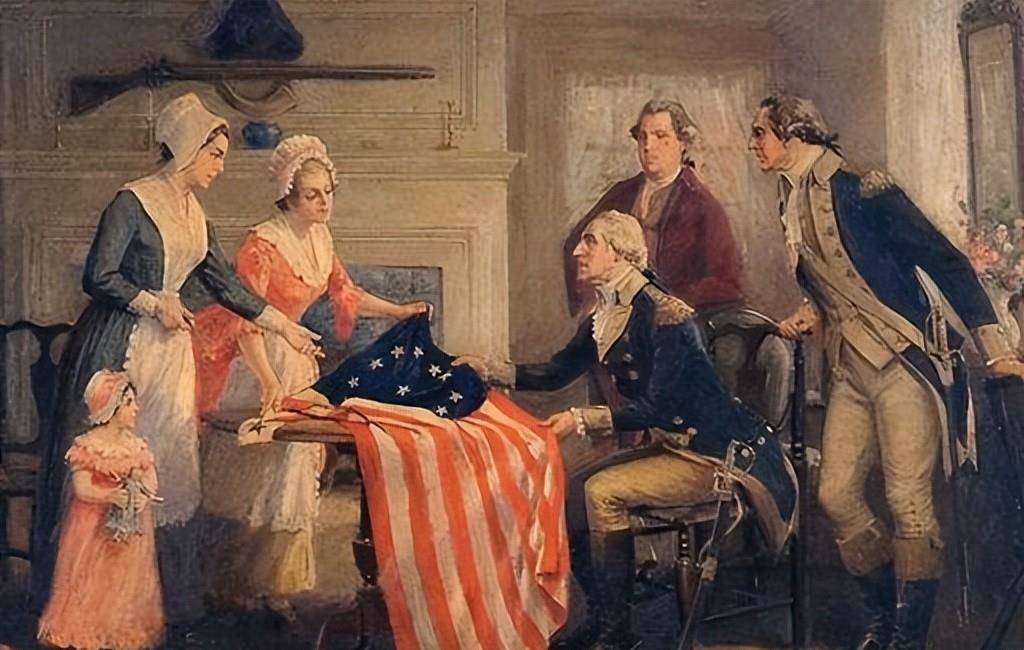
On June 14, 1777, the Continental Congress passed an act establishing an official flag for the new nation. The resolution stated: “Resolved, that the flag of the United States be thirteen stripes, alternate red and white; that the union be thirteen stars, white in a blue field, representing a new constellation.” On Aug. 3, 1949, President Harry S. Truman officially declared June 14 as Flag Day.
The history of American flag is as fascinating as that of the American Republic itself. It has survived battles, inspired songs and evolved in response to the growth of the country it represents. The following is a collection of interesting facts and customs about the American flag and how it is to be displayed:
- Between 1777 and 1960 Congress passed several acts that changed the shape, design and arrangement of the flag and allowed stars and stripes to be added to reflect the admission of each new state.
- Today the flag consists of 13 horizontal stripes, seven red alternating with six white. The stripes represent the original 13 Colonies and the stars represent the 50 states of the Union. The colors of the flag are symbolic as well; red symbolizes hardiness and valor, white symbolizes purity and innocence, and blue represents vigilance, perseverance and justice.
- The National Museum of American History has undertaken a long-term preservation project of the enormous 1814 garrison flag that survived the 25-hour shelling of Fort McHenry in Baltimore by British troops and inspired Francis Scott Key to compose “The Star-Spangled Banner.” Often referred to by that name, the flag had become soiled and weakened over time and was removed from the museum in December 1998. This preservation effort began in earnest in June 1999, and continues to this day. The flag is now stored at a 10-degree angle in a special low-oxygen, filtered light chamber and is periodically examined at a microscopic level to detect signs of decay or damage within its individual fibers.
- There are a few locations where the U.S. flag is flown 24 hours a day, by either presidential proclamation or by law:
– Fort McHenry, National Monument and Historic Shrine, Baltimore, Maryland
– Flag House Square, Baltimore, Maryland
– United States Marine Corps Memorial (Iwo Jima), Arlington, Virginia
– On the Green of the Town of Lexington, Massachusetts
– The White House, Washington, D.C.
– United States customs ports of entry
– Grounds of the National Memorial Arch in Valley Forge State Park, Valley Forge, Pennsylvania
- Product on sale
 Gadsden Snake Flag, Outdoor, Embroidered, Grommets, 210D Polyester31.99 $ – 84.99 $
Gadsden Snake Flag, Outdoor, Embroidered, Grommets, 210D Polyester31.99 $ – 84.99 $ - Product on sale
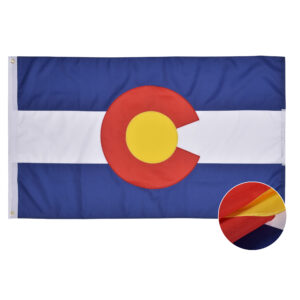 Colorado State Flag, Outdoor, Embroidered, Grommets, 210D Polyester29.99 $ – 64.88 $
Colorado State Flag, Outdoor, Embroidered, Grommets, 210D Polyester29.99 $ – 64.88 $ - Product on sale
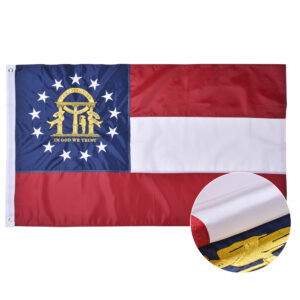 Georgia State Flag, Outdoor, Embroidered, Grommets, 210D Polyester29.99 $ – 69.99 $
Georgia State Flag, Outdoor, Embroidered, Grommets, 210D Polyester29.99 $ – 69.99 $ - Product on sale
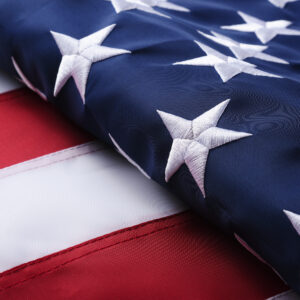 American Flag, Outdoor, Embroidered, Grommets, 210D Polyester11.99 $ – 159.99 $
American Flag, Outdoor, Embroidered, Grommets, 210D Polyester11.99 $ – 159.99 $ - Product on sale
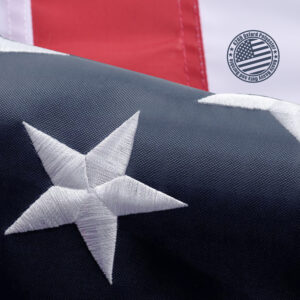 American Flag, Outdoor, Embroidered, Grommets, 420D Polyester25.99 $ – 2,079.99 $
American Flag, Outdoor, Embroidered, Grommets, 420D Polyester25.99 $ – 2,079.99 $ - Product on sale
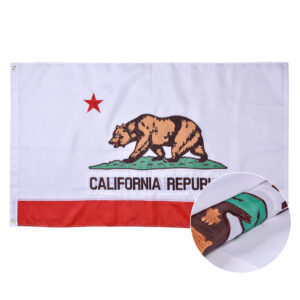 California State Flag, Outdoor, Embroidered, Grommets, 210D Polyester37.99 $ – 69.99 $
California State Flag, Outdoor, Embroidered, Grommets, 210D Polyester37.99 $ – 69.99 $

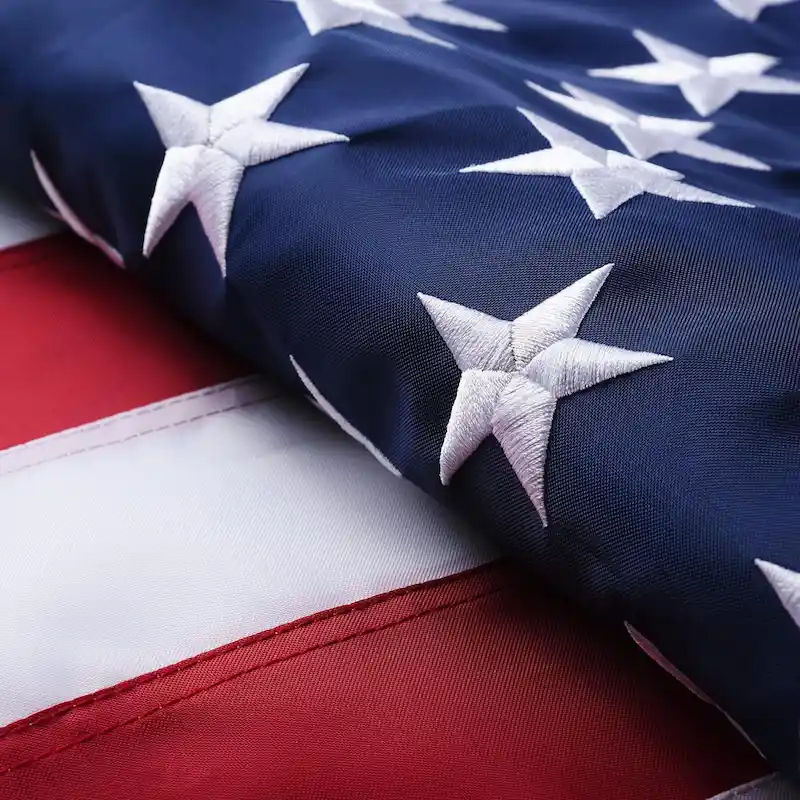
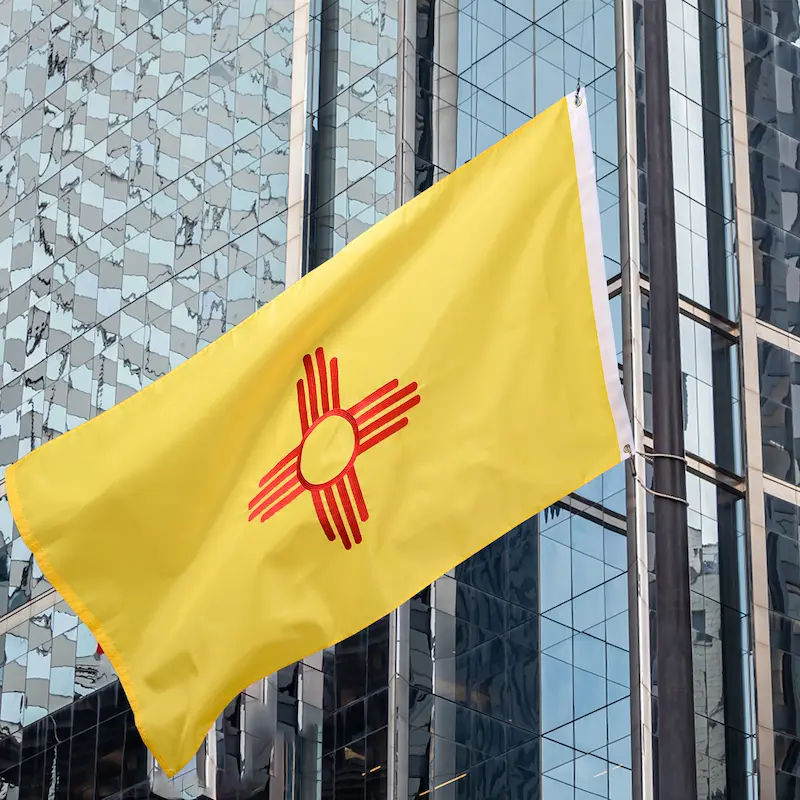
 聚酯纤维
聚酯纤维 尼龙
尼龙